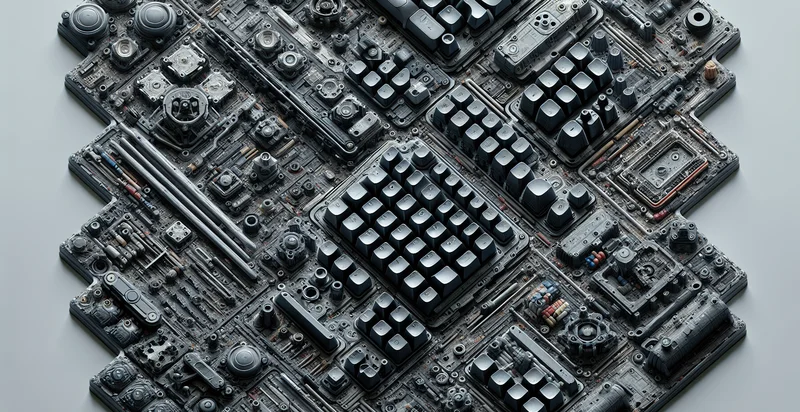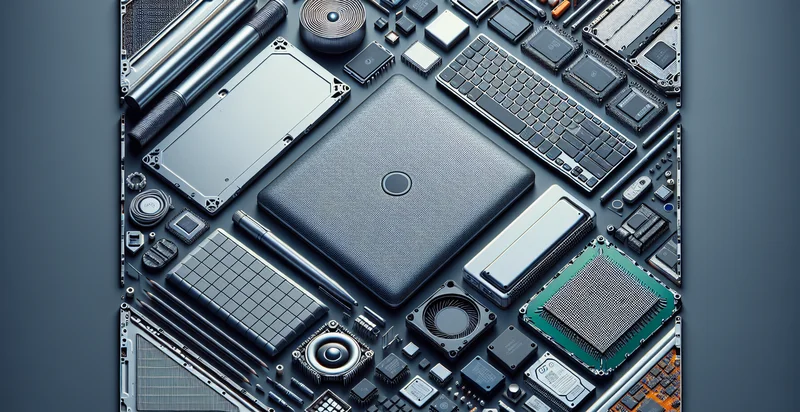Identify what material a keyboard is made from
using AI
Below is a free classifier to identify what material a keyboard is made from. Just upload your image, and our AI will predict what material a keyboard is made from - in just seconds.

Contact us for API access
Or, use Nyckel to build highly-accurate custom classifiers in just minutes. No PhD required.
Get started
import nyckel
credentials = nyckel.Credentials("YOUR_CLIENT_ID", "YOUR_CLIENT_SECRET")
nyckel.invoke("what-material-a-keyboard-is-made-from", "your_image_url", credentials)
fetch('https://www.nyckel.com/v1/functions/what-material-a-keyboard-is-made-from/invoke', {
method: 'POST',
headers: {
'Authorization': 'Bearer ' + 'YOUR_BEARER_TOKEN',
'Content-Type': 'application/json',
},
body: JSON.stringify(
{"data": "your_image_url"}
)
})
.then(response => response.json())
.then(data => console.log(data));
curl -X POST \
-H "Content-Type: application/json" \
-H "Authorization: Bearer YOUR_BEARER_TOKEN" \
-d '{"data": "your_image_url"}' \
https://www.nyckel.com/v1/functions/what-material-a-keyboard-is-made-from/invoke
How this classifier works
To start, upload your image. Our AI tool will then predict what material a keyboard is made from.
This pretrained image model uses a Nyckel-created dataset and has 16 labels, including Acrylic, Aluminum, Bamboo, Carbon Fiber, Ceramic, Composite, Fabric, Glass, Leather and Metal.
We'll also show a confidence score (the higher the number, the more confident the AI model is around what material a keyboard is made from).
Whether you're just curious or building what material a keyboard is made from detection into your application, we hope our classifier proves helpful.
Related Classifiers
Need to identify what material a keyboard is made from at scale?
Get API or Zapier access to this classifier for free. It's perfect for:
- Quality Control in Manufacturing: This function can be applied in quality assurance processes for keyboard manufacturers. By accurately identifying the materials used in each keyboard, manufacturers can ensure that only compliant and high-quality materials are utilized, reducing defects and improving overall product reliability.
- Material Sourcing Optimization: Businesses can leverage this identifier to assess and verify the materials used by suppliers. This ensures that sourced materials align with company standards and sustainability goals, enabling companies to make informed decisions regarding procurement and supplier relationships.
- Competitive Product Analysis: Companies can use this function to analyze competitor products by identifying the materials used in their keyboards. This information can provide insights into market positioning, allowing firms to enhance their value proposition by offering superior material alternatives.
- Environmental Compliance and Reporting: Organizations seeking to comply with environmental regulations can utilize this function to identify hazardous materials in keyboards. This aids in ensuring compliance with regulations such as RoHS or REACH, allowing companies to generate accurate reports for regulatory submission.
- Consumer Education and Transparency: Retailers can implement this identification function on e-commerce platforms to provide consumers with detailed information about the materials used in the keyboards they are purchasing. This transparency can drive informed purchasing decisions and build trust between brands and consumers.
- Product Development and Innovation: R&D teams can use this function to explore and evaluate new materials for keyboard development. By analyzing existing products, teams can identify opportunities for innovation, such as improving durability or enhancing the tactile experience while also considering sustainability.
- Customization and Personalization Services: This function can aid businesses offering customized keyboard options by accurately identifying customer-selected materials. This ensures that the final product aligns with customer preferences, enhancing satisfaction and loyalty through tailored experiences.


